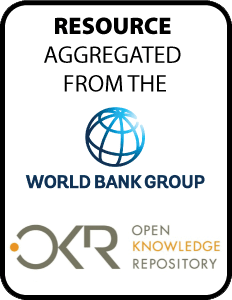Can China Continue Feeding Itself? The Impact of Climate Change on Agriculture
Several studies addressing the supply
and demand for food in China suggest that the nation can
largely meet its needs in the coming decades. However,
these studies do not consider the effects of climate change.
This paper examines whether near future expected changes in
climate are likely to alter this picture. The authors
analyze the effect of temperature and precipitation on net
crop revenues using a cross section consisting of both

